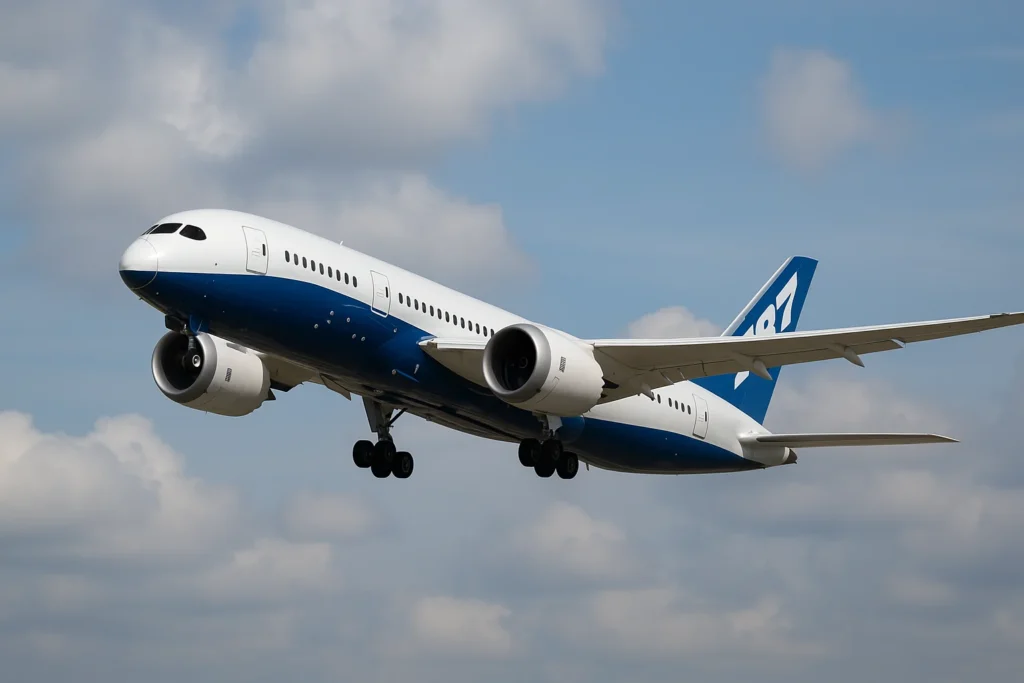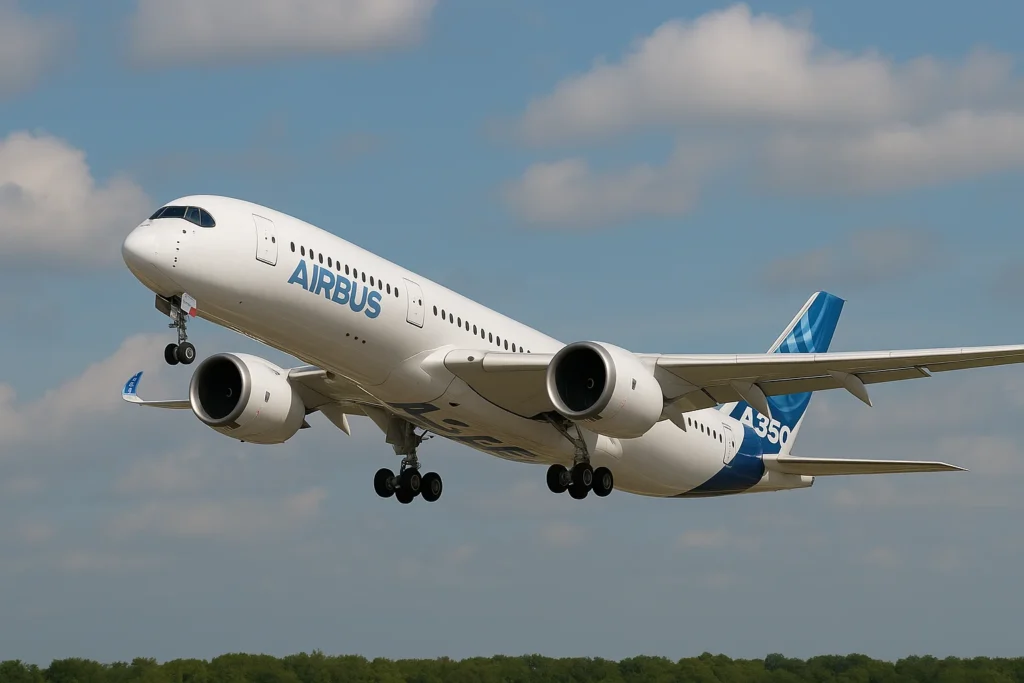Flying has always been one of the most complex and costly businesses. Aircraft are multi-million-dollar machines, maintenance never stops, and operating an airline requires highly trained pilots, skilled crew, ground staff, and strong airport infrastructure. But in 2025, fuel costs have emerged as the single biggest challenge for the aviation industry.
Today, fuel represents 20–40% of an airline’s total operating expenses. As prices climb, airlines are under pressure to rethink operations, manage costs, and still deliver safe, reliable air travel. Let’s explore how rising fuel prices are reshaping the industry and what it means for passengers and the future of aviation.
The Fuel Challenge in 2025
Unlike car owners who can drive less when fuel prices spike, airlines don’t have that flexibility. Each flight requires a minimum fuel load to ensure safety and compliance with regulations. With global oil markets facing turbulence, aviation has no choice but to innovate.
Key Reasons Behind Rising Jet Fuel Prices
-
Global oil demand rebounded sharply after the pandemic slump.
-
Geopolitical tensions disrupted supply chains, creating uncertainty.
-
Sustainable Aviation Fuel (SAF), while promising, remains more expensive than conventional jet fuel.
These realities force airlines to make tough decisions — cut costs, modernize fleets, or pass some of the burden on to passengers.

Fuel Prices and Airline Ticket Costs
How Airlines Manage Ticket Pricing
-
Some carriers add a fuel surcharge directly on tickets.
-
Others increase the base fare quietly without labeling it.
In either case, passengers end up sharing the cost.
Impact on Air Travel Experience
Rising fuel prices affect more than just ticket prices. Travelers in 2025 may notice:
-
Reduced frequencies on low-demand routes.
-
Smaller, more fuel-efficient aircraft replacing larger jets.
-
Adjusted flight schedules to balance demand and fuel savings.
Fleet Modernization: Investing in Efficiency
One of the most impactful strategies airlines use to offset fuel costs is upgrading to next-generation aircraft. These modern planes are designed to burn less fuel, fly longer distances, and carry similar passenger loads with greater efficiency.
Examples of Fuel-Efficient Aircraft
-
Airbus A350 – Built with lightweight composite materials, burns up to 25% less fuel than previous wide-bodies.
-
Boeing 787 Dreamliner – Features advanced aerodynamics and new engines, reducing fuel consumption significantly.
-
Airbus A321XLR – A single-aisle jet capable of long-haul missions with lower fuel burn.
Retiring Older Aircraft
Even well-maintained aircraft are being retired early. The fuel savings from modern jets often outweigh the financial benefits of keeping older fleets in service.
Sustainable Aviation Fuel (SAF): A Path to Greener Skies
What Is SAF?
Sustainable Aviation Fuel is produced from renewable sources like agricultural waste, plant oils, and even recycled cooking oil. SAF can power existing jet engines but offers a smaller carbon footprint.
Airlines Leading SAF Adoption in 2025
-
United Airlines – Investing in SAF production facilities in the U.S.
-
Singapore Airlines – Operating long-haul flights with SAF blends.
-
Emirates – Conducting SAF trials on large aircraft, including the Airbus A380.
Challenges With SAF
-
High production costs compared to standard jet fuel.
-
Limited supply, with few airports able to store and distribute SAF.
-
Regulatory hurdles requiring governments and industry cooperation.
Despite the barriers, SAF remains the aviation sector’s most promising long-term fuel solution.

Operational Efficiency: Small Adjustments, Big Savings
Beyond aircraft design, airlines are saving millions through operational changes.
Route Optimization
Using advanced flight planning software, airlines select flight paths that maximize wind assistance and avoid congestion — reducing fuel burn.
Single-Engine Taxiing
Aircraft can taxi using just one engine on the ground, lowering fuel use before takeoff and after landing.
Weight Reduction Measures
-
Lightweight catering carts.
-
Optimized water storage.
-
Replacing paper manuals with digital tablets for pilots.
Each kilogram removed contributes to measurable fuel savings across thousands of flights.
Partnerships and Industry Collaboration
No airline can fight rising fuel prices alone. Strategic partnerships are essential.
-
Joint fuel purchases: Airlines combine buying power to negotiate better rates.
-
Airport cooperation: Collaborating with airports to minimize refueling delays.
-
Research investments: Supporting engine manufacturers and tech firms working on next-gen propulsion.
Such partnerships help distribute costs and accelerate progress toward fuel efficiency.
Passenger Experience in a High-Fuel Market
While many changes happen behind the scenes, passengers do feel the impact.
What Travelers Notice
-
More point-to-point flights, avoiding unnecessary stopovers.
-
Slightly slower cruising speeds to conserve fuel.
-
Smaller aircraft deployed on thin routes.
-
Stronger eco-friendly messaging, emphasizing sustainability.
Some travelers are even willing to pay a premium for greener flying options, and airlines are beginning to leverage this trend.
The Role of Technology in Fuel Efficiency
AI and Big Data Analytics
Artificial intelligence helps airlines forecast demand, predict weather impacts, and optimize fuel usage on a per-flight basis.
Next-Generation Engines
Manufacturers like Rolls-Royce and GE Aerospace are pushing forward with quieter, more fuel-efficient engines that also reduce maintenance downtime.
The Promise of Alternative Aircraft
-
Electric aircraft: Ideal for short-haul regional markets.
-
Hydrogen propulsion: Long-term potential for zero-emission flying.
While still experimental in 2025, these technologies signal a new horizon for aviation.
The Future of Aviation Fuel Costs
Experts agree that fuel prices will remain high in the near future, forcing airlines to keep adapting. The focus will stay on:
-
Expanding fleets with fuel-efficient aircraft.
-
Scaling Sustainable Aviation Fuel production.
-
Using data-driven operations for smarter flight planning.
-
Building stronger alliances with suppliers and governments.
For passengers, this means ticket prices may remain elevated, but the trade-off will be cleaner, quieter, and more sustainable air travel.
Final Thoughts
The aviation industry in 2025 is at a crossroads. Rising fuel costs are challenging airlines to evolve, but they are also accelerating the shift toward efficiency and sustainability. From adopting modern aircraft and SAF to embracing AI-driven operations, the changes underway are laying the groundwork for the future of global air travel.
So, the next time you board a flight, remember — every takeoff is more than a journey. It’s part of a broader mission: to keep the world connected while moving toward a greener and more resilient aviation industry.
https://shorturl.fm/M4EU2
https://shorturl.fm/oCur9
https://shorturl.fm/kK9Iw
https://shorturl.fm/ubzmE